We Have Always Lived in the Castle by Shirley Jackson is usually studied in the Australian curriculum under Text Response. For a detailed guide on Text Response, check out our Ultimate Guide to Text Response.
Introduction
Literature; the narratives (the story’s progression), characters (people driving the narrative), setting (the world the characters are living in) and literary devices (the meaning-making toolbox of authors) are embedded within texts to hold a mirror to our values, desires and struggles. These elements can be referred to as textual representations, allowing readers to infer meaning about the human condition and the society in which the narratives unfold.
In We Have Always Lived in the Castle, Shirley Jackson carefully constructs the bucolic yet decaying lifestyle of those residing within the Blackwood estate to expose realities about various themes and ideas, such as privilege, gender, justice, isolation, guilt and escapism (and many more), against the backdrop of 1960s Vermont. While we can’t possibly cover all of these themes in one blog post, we’ll dive into the text’s representation of gender with regard to its critique of patriarchy and gender roles through challenging traditional masculine dominance.
The text’s representation of gender is subversive in its layered celebration of female belonging, empowerment and autonomy amidst challenging personal circumstances and societal constraints. This is bolstered by Jackson’s critique of traditional societal expectations and norms that pervasively influence the lives of women. Jackson’s approach also subverts typical conventions of the genre (the category of a text), using specific horror-mystery elements to embed meaning and illuminate these themes further.
Setting the Scene: Form & Genre
Narrative, characters, setting and literary devices are used to communicate authorial views and values. In a similar way, genre and form (also known as the type or style of the text) subtly intersect to establish the framework within which the story is told, thus playing a key role in setting readers’ expectations about how the narrative will progress and directing engagement with its textual representations. When analysing a text, it is important to interpret how its form (including structure, genre and stylistic features) contributes to the overall message and shapes a reader’s understanding - this is stipulated as one of the key skills within the English/EAL study design.
Why Is Form so Important in We Have Always Lived in the Castle?
NOTE: The bolded terms in this section below are examples of elements of form. We Have Always Lived in the Castle is a shining example of how form can be used creatively to generate significant meaning and analyses.
The novel is focalised through the protagonist Mary Katherine Blackwood, or Merricat. Her first-person perspective offers substantial insight into her thoughts, feelings and motivations as she navigates her isolated existence, her relationship with her family and the outside world. The first-person perspective is supported by Jackson’s use of a stream-of-consciousness writing style, characterised by a continuous flow of sensory experiences and fragmented thoughts without a coherent structure. Consistent with the unease and fantasy of the horror genre, Merricat’s perception reveals a unique mental landscape, imbued with paranoia, delusion and superstition. Yet it is through Merricat’s lens that the reader follows the narrative’s linear progression and gradually uncovers details about the poisoning that occurred six years earlier. These elements of form enable readers to infer Merricat’s understanding of reality and wider societal dynamics through her retrospection.
Thus, while this novel may initially present as a typical horror, or whodunit classic detective mystery, its horror, gothic and illusory elements function to amplify Jackson’s nuanced critiques. This invites a deeper analysis of the Blackwood family beyond simply viewing them as troubled, superficial and sheltered.
Patriarchy, Gender Roles and Family Hierarchy
As you no doubt already know, patriarchy is a pervasive social system where men hold more power and authority over women. So much so that women are pressured to assume roles that are submissive or supportive to men. Throughout history and in modern society, the existence of patriarchy has relied on the subordination of women, implicitly diminishing women's autonomy.
Merricat’s stream-of-consciousness shows us how patriarchal dynamics shape her reality, impacting both her personal life and her view of the external world. From the outset, Merricat describes how she only goes into the village for ‘the simple need for books and food’, underscoring the bounds of her autonomy beyond the walls of the Blackwood estate and limited social agency. Then, her inner monologue shifts to illustrate a flashback from within the estate. She recalls an instance where Uncle Julian outwardly shares his patronising ‘admiration’ for Constance’s engagement with reading. ‘A pretty sight, a lady with a book’, he exclaims. His comment implies that reading is uncharacteristic for women, thereby reducing Constance’s intellectual pursuit to an attractive spectacle. Directly thereafter, Merricat describes how ‘In this village…The women aged with grey evil weariness and stood silently for the men to get up and come home’. Her exposition suggests that the tendency for women and their livelihoods to be undermined appears to be a pattern in the community.
Condemning Masculinity Through the Ghost of Charles Blackwood
Jackson introduces us to the isolated yet content, ritualistic life Merricat and Constance have sustained while caring for Uncle Julian, living in a world of quiet repetition: ‘wait[ing] for something to grow’, ‘adding to the food in the cellar’, and ‘eat[ing] the year away’. This insulated existence allows the sisters to remain free from the demands and intrusions of the outside world, particularly from men, who are notably absent from their sphere due to the poisoning years earlier, Uncle Julian’s ailing state and the sisters’ disconnection from the villagers.
Merricat’s immediate response to the arrival of their cousin, Charles Blackwood, expressed through fear-inducing somatic imagery, needing to ‘run’ and unable to ‘breathe’, vividly reflects her visceral rejection of masculine authority into the space and lifestyle that she and Constance have nurtured. This sentiment is also underlined in Merricat’s persistent characterisation of Charles as a ‘demon-ghost’. While Charles’s depiction as horrifying can be attributed to Merricat’s tendency to engage in superstitious or delusional ideation, Jackson invites us to look deeper into the haunting, omnipresent forces of masculine control that permeate and subordinate women, undermining dynamics that are conducive to female autonomy and belonging.
Charles’ uncanny resemblance to their father not only grants him ‘the perfect right’ to occupy their father’s chair in the eyes of Constance and Uncle Julian - showing how we are often complicit to masculine dominance - but also reestablishes these kinds of dynamics in the household. He denounces the sisters as ‘two old maids’ incapable of ‘keep[ing] money in the house’, thereby justifying their repression.
Merricat’s immediate repulsion to Charles starkly contrasts with Constance and Uncle Julian's initial failure to recognise his true nature, which strains the sisters’ relationship. To complete the ‘almost impossible’ task of eliminating Charles ‘from everything he had touched’ in their lives, Merricat destroys her father’s old room by filling it with ‘sticks and leaves and scraps of glass’, pouring ‘a pitcher of water’ on the bed, and tearing down the curtains while hiding valuable sums of money he is seeking. After Charles’ ‘shouting’ and making ‘black noise’ in the house, Merricat is ‘chilled’ by Constance and her implicit submission to Charles’ authority. Constance says that Merricat will ‘first…have to explain to Cousin Charles’ for her destructive behaviour. This reaction highlights how Charles's masculine presence amplifies traditional gender dynamics, forcing Constance into a ‘new way of thinking’ where she believes it is solely her or Merricat’s ‘fault’ for the conflict that has ensued since his arrival.
The impact of masculine dominance over the Blackwood women’s lives is hinted at from the outset, with Jackson using money as a symbol of power. Charles’s relentless pursuit of wealth, as though ‘systematically’ digging up ‘every inch’ of their land to consolidate his control, communicates an inextricable connection between masculinity and power. In contrast, Merricat and Constance display indifference toward money, viewing it as a necessary but trivial part of their comfortable existence.
Merricat’s reflection that ‘the people of the village disliked the fact that we always had plenty of money…as though it were great heaps of golden coins and Constance and Uncle Julian and I...played with it...jeering and mocking behind locked doors’, reveals how wealth sustains the sisters’ sheltered existence while also clarifying the basis behind the villagers’ animosity towards them. Here, Jackson suggests that the villagers’ resentment stems from the Blackwoods’ privilege and preoccupation with wealth, which can be traced back to the legacy of Blackwood men whose pursuit of wealth ensured their generational privilege over others in the town. As the outstanding representatives of this oppressive lineage, the sisters, and particularly Merricat, become targets of the villagers' resentment. This dynamic illustrates how the Blackwood women remain entangled in the male-dominated family structures that have shaped their status within the community.
The notion that the haunting influence of Charles is used to critique traditional masculinity and patriarchal structures is reaffirmed by the catastrophes that change the lives of the sisters forever. Without Charles and his ‘pipe tobacco’, the fire and destruction of the Blackwood estate would have never happened. This makes Merricat’s belief that he has ‘blackened’ the world, and thus his representation of masculine oppression, all the more real. As such, Jackson emphasises how masculine intrusion, when rooted in power and subjugation, inevitably leads to chaos and destruction, disrupting the autonomy and safety of those it seeks to control, as seen in the irreversible upheaval of the sisters' lives.
To the Moon: Female Self-Sufficiency, Adaptability and Belonging
Beyond Jackson’s characterisation of Charles as a ghost, there is much (much) more to say about how other elements of horror-mystery can be used to advance Jackson’s complex critique of gender. For instance, while Merricat’s mental rituals or desire to ‘go to the moon’ with Constance can invite commentary on the impacts of trauma and violence, these coping mechanisms also represent the inescapability of patriarchy and the limited autonomy that women must navigate.
Therefore, while Constance and Merricat align with gendered upper-class archetypes - focused on appearance, household chores, cooking and formalities - Jackson prompts readers to consider the deeper factors behind their domestication that bring them genuine fulfilment. Their mutual appreciation, understanding and protection, along with Merricat’s rejection of Blackwood masculinity and resistance to submission, underscore Jackson’s nuanced portrayal of gender roles and expectations in 1960s Vermont. Despite external forces attempting to suppress them, these women maintain their autonomy, freethought and chosen way of life, even in the conclusion of the text where their isolation is solidified, ultimately celebrating their resilience.
---
Written for Lisa's Study Guides by David Canta





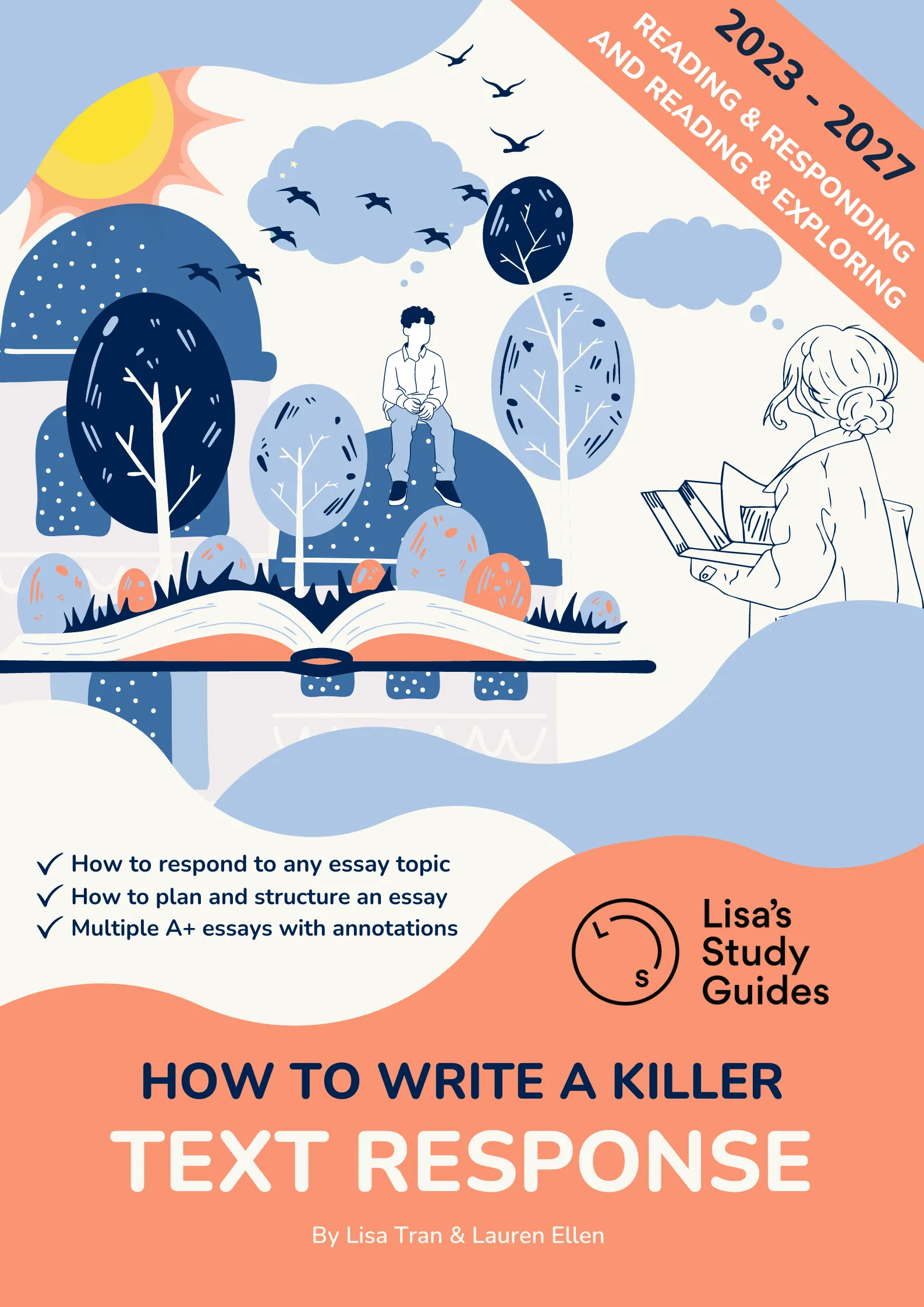









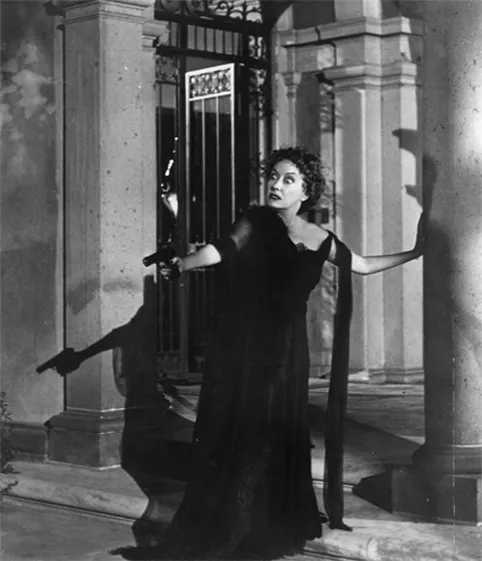
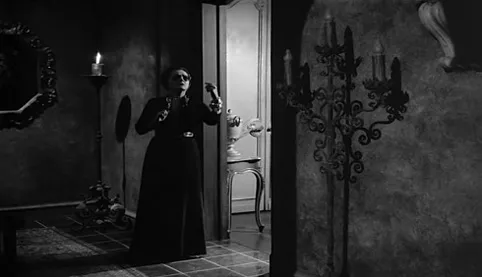
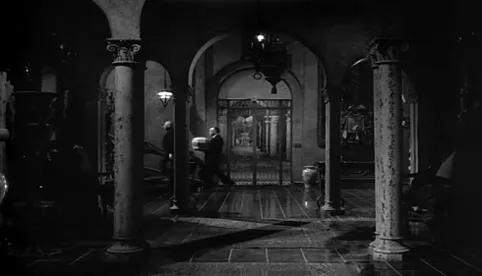
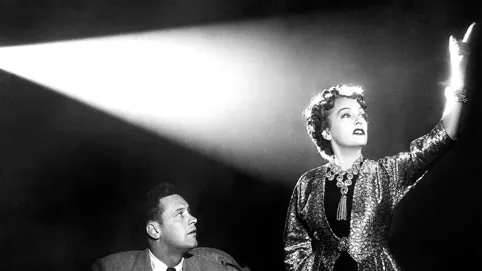
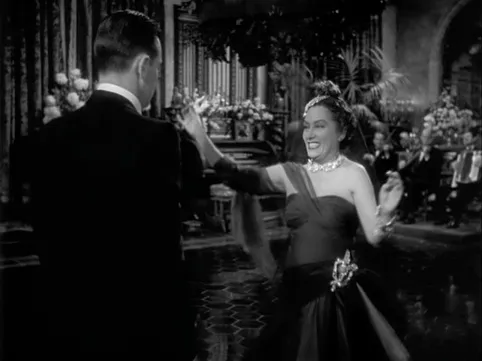
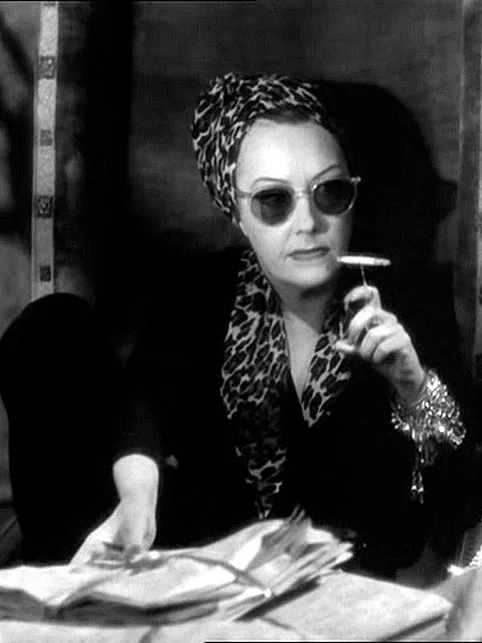
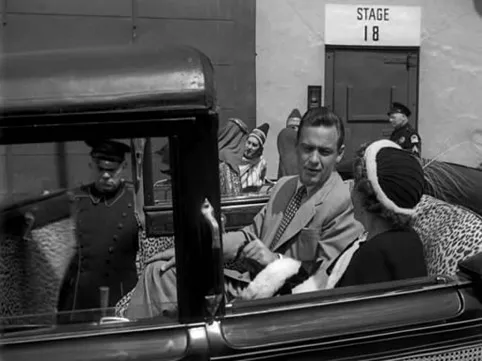

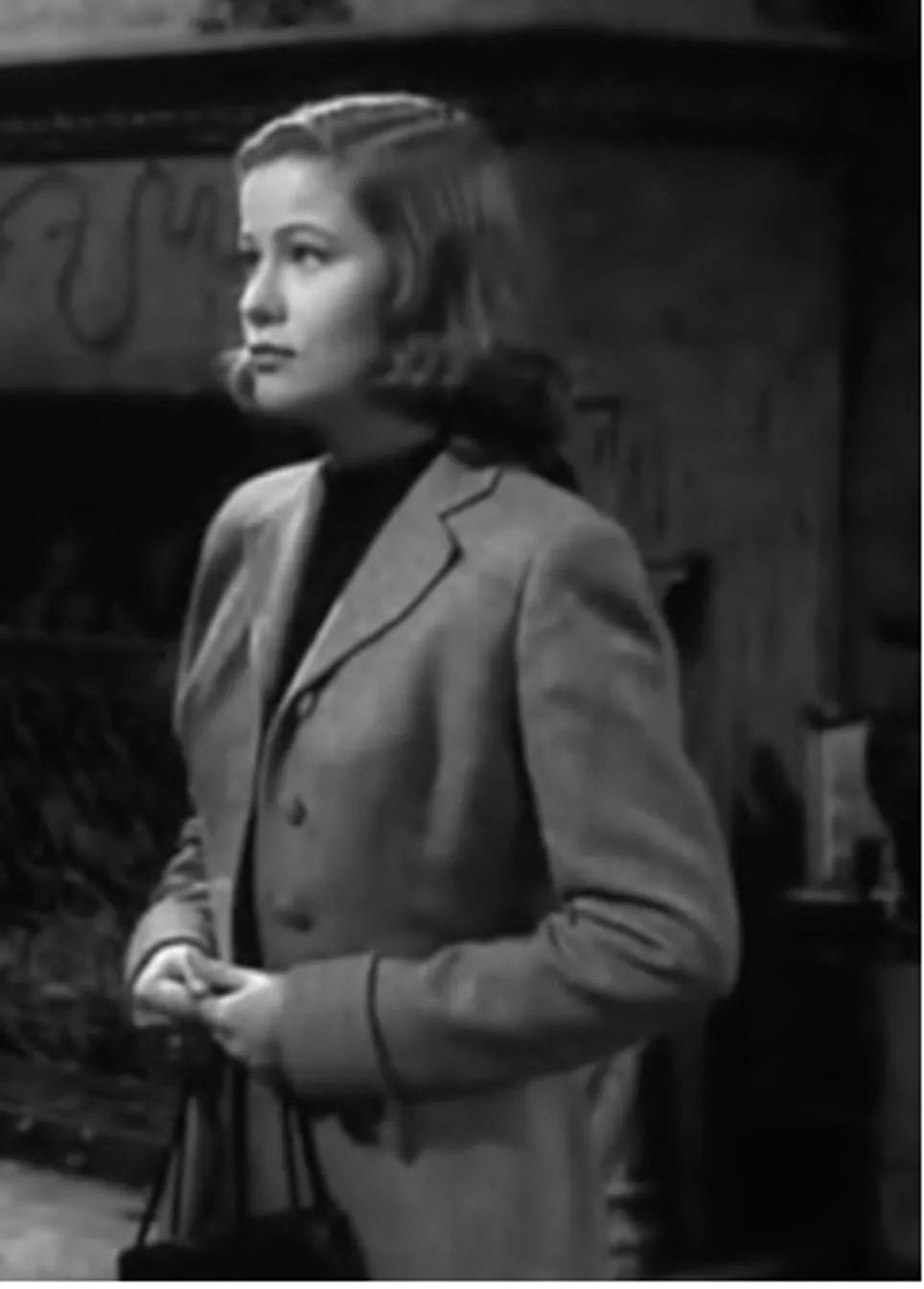
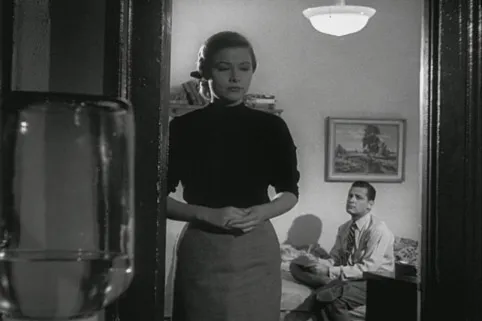
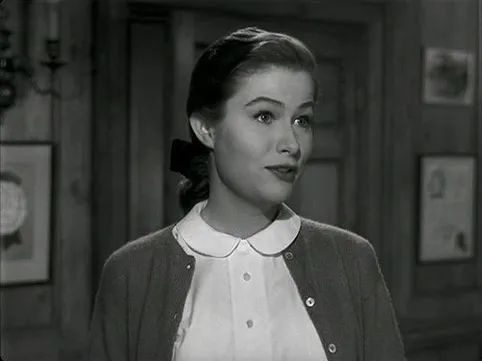

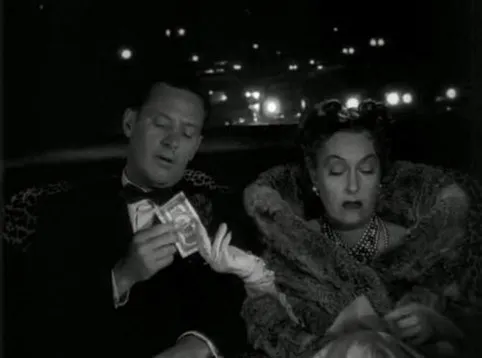
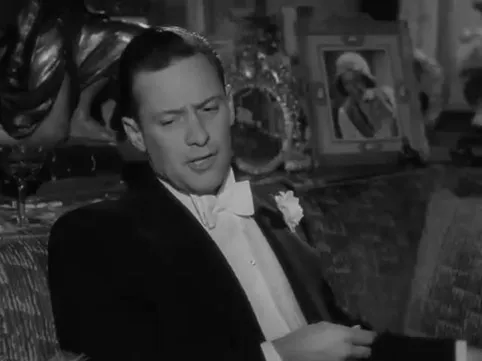
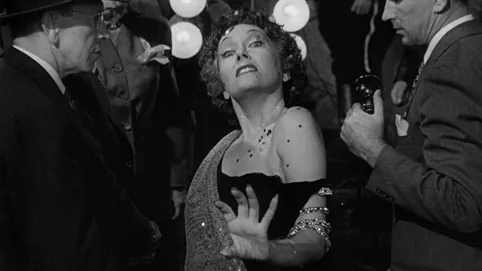








.jpg)